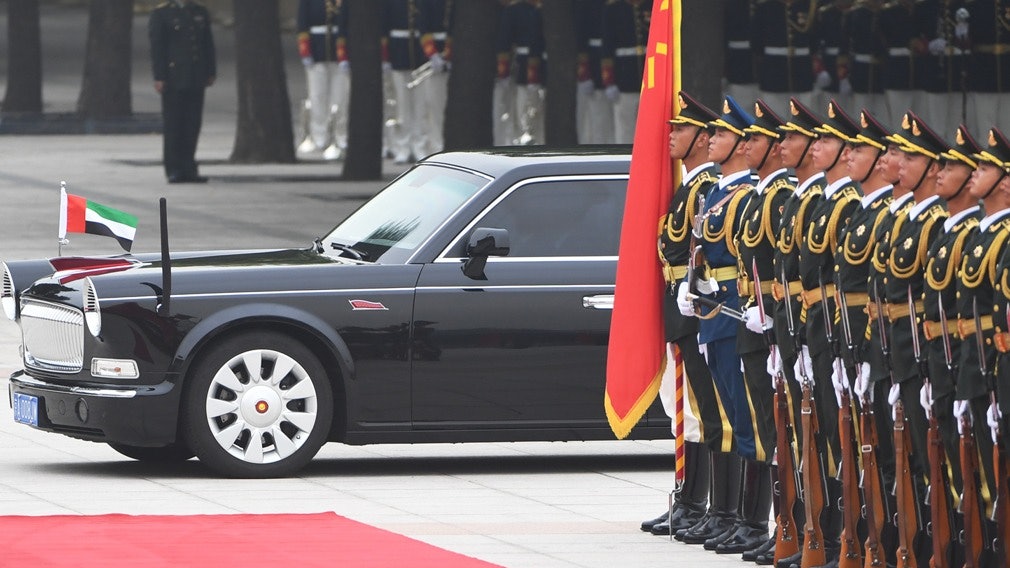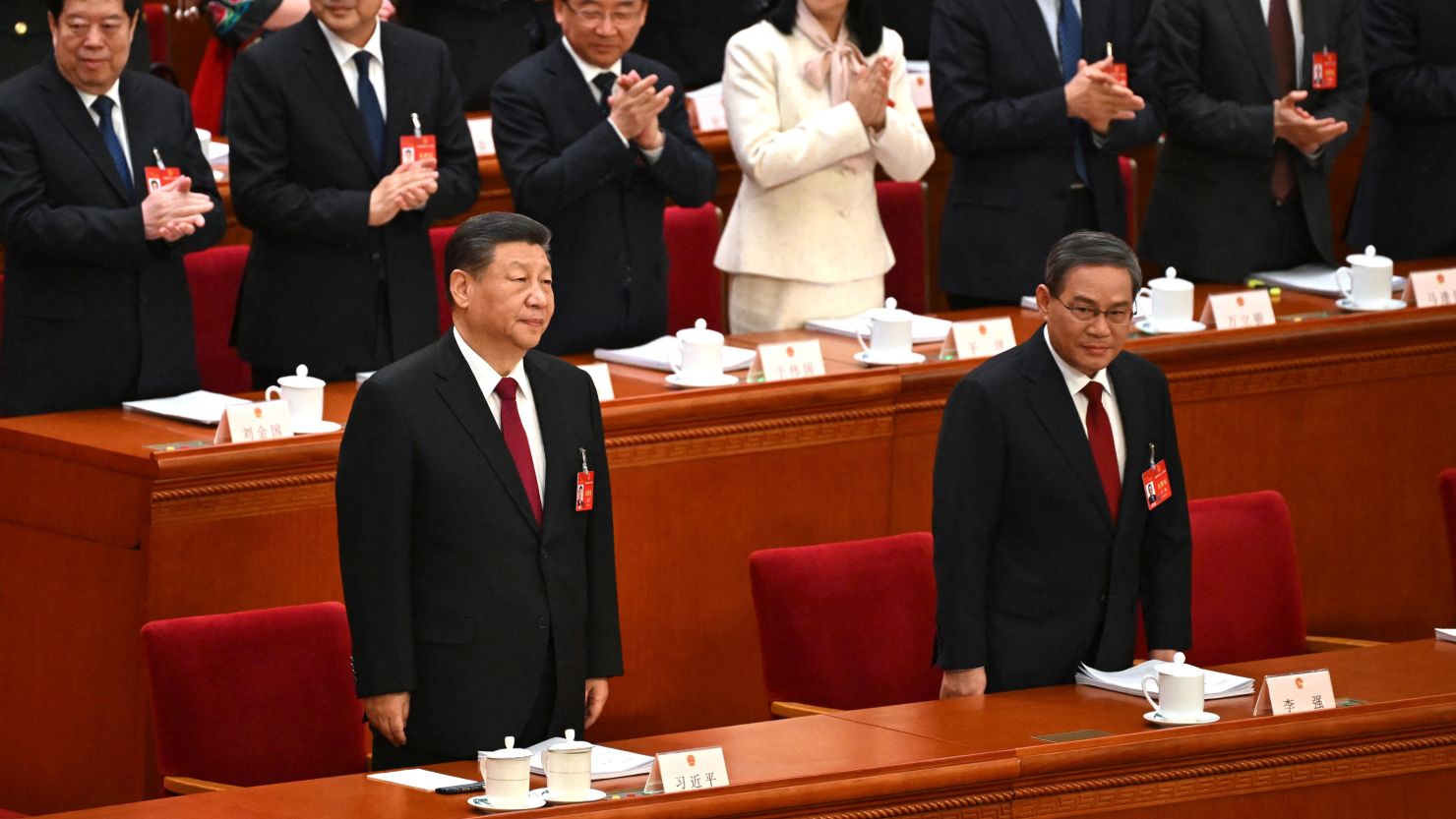Around July 23, Beijing time, when the outside world is still closely watching the future of Sino-US trade dialogue, the talks between Chinese President Xi Jinping and visiting Abu Dhabi Crown Prince Muhammad in a special way triggered the attention of analysts in a special way. .
The heads of the two countries met not only twice on the 22nd. In the first meeting, Xi Jinping’s “China-Arab relations are ambitious, rich in content, mutual benefit, and a hundred-year plan” is even rarer.
For analysts who have long observed the movement between China and the United Arab Emirates, Beijing and Abu Dhabi suddenly showed a very close docking situation after the establishment of the “Belt and Road” initiative in 2015.
The UAE has officially joined the Asian Infrastructure Investment Bank (AIIB, the Asian Investment Bank) as a founding member in April 2015. By January 2018, China and Albania also granted citizens visa-free treatment. Considering that Beijing politicians such as Xi Jinping and Wang Qishan also contacted UAE politicians many times in 2018 and 19 years, this means that Beijing is understandable to its eyes. But the phrase “a hundred years of grand plan” still makes this favor different.
In a sense, Beijing’s “one-year plan” for the UAE is rule-based. This formulation was originally derived from an article published in the Chinese Embassy in the United Arab Emirates in 2017 entitled “The 100-year-old Silk Road Docking”.
In this article, China tries to link the CCP’s “two hundred years” struggle goal with the two “100-year plans” issued by the UAE in 2017. Although the UAE’s “One-Year Plan for the Founding of the Country in 2071” and “The Plan for Building a City in Mars in 2117” are too far away in the eyes of many observers, when Beijing said that “the centuries-old ambitions of China and Algeria have formed a natural This detail is still worth paying attention to when docking.
In fact, since 2017, the United Arab Emirates as an atypical Middle East and Arab countries, its performance is gradually surpassing China’s imagination.
For Beijing, his demand for cooperation in the Arab countries along the Belt and Road Initiative is not high. This pattern has long been classified as “1+2+3”. That is to say, “1”, which is based on energy cooperation, regards infrastructure construction, trade, and investment convenience as the “2” of the two wings of cooperation, and the “3” of the three high-tech fields of nuclear energy, space satellite, and new energy.
When other countries in the Arab region have long been in the “1” and “2” links, the UAE, which suddenly adjusted its industrial structure since 2014, has quietly reached the “3” breakthrough.
The UAE authorities proposed a national innovation strategy in 2014. In 2015, the National Science and Technology Innovation Policy was launched and the National Space Strategy Plan was released. 2016 put forward the “six pillars of the fourth industrial revolution.” By 2017, the UAE has also proposed an energy strategy for 2050 and started implementing a high-level talent introduction program.
At this point, the country has shown a fundamental difference with a series of Arab countries that rely on energy to establish a country.
A lot of information also shows that the cooperation between China and the United Arab Emirates financial sector is more prominent than the close cooperation between the governments.
In December 2015, the central banks of the two countries have renewed their local currency swap agreements and signed a memorandum of cooperation on the establishment of RMB clearing arrangements in the UAE. A year later, a number of Chinese energy companies have entered the United Arab Emirates to launch large-scale projects such as clean coal power generation and photovoltaic power generation.
By 2019, China and Afghanistan have also established cooperation mechanisms in nuclear energy research and development, nuclear technology applications, engineering construction, and equipment manufacturing. In addition, the two sides are also expected to jointly launch the Mars exploration program in 2021. At this point, it is necessary for Beijing to look at the UAE, which is completely beyond the “1+2+3” pattern.
Many analysts have found that the UAE attaches more importance to the emerging technology industry than its neighboring countries. He is also the first country in the Middle East to include artificial intelligence as a national strategy. Therefore, when Xi Jinping visited the United Arab Emirates on July 2018, he not only signed a number of projects including oil and gas exploration, financial industry development and e-commerce investment but also determined that the UAE is building an “important fulcrum country” for the “Belt and Road”. status.
At present, the non-oil trade volume between China and the UAE has reached 43 billion U.S. dollars in 2018. This amount shows that the UAE can indeed rely on its oil industry to maintain its national operation. Consider that many of the country’s development strategies have something in common with China’s development strategy. This is the end of the matter, and it is not too late for the two sides to accelerate cooperation. The first pivot of China’s “Belt and Road Initiative” initiative in the Middle East will also be formally established.











